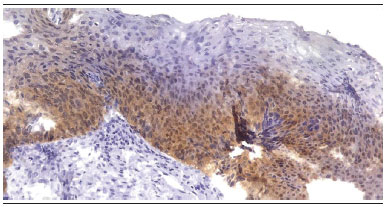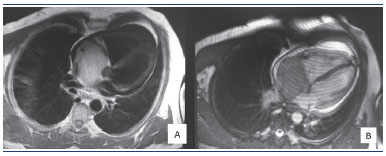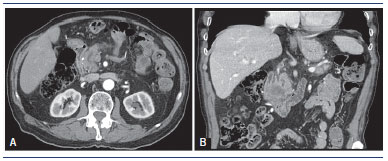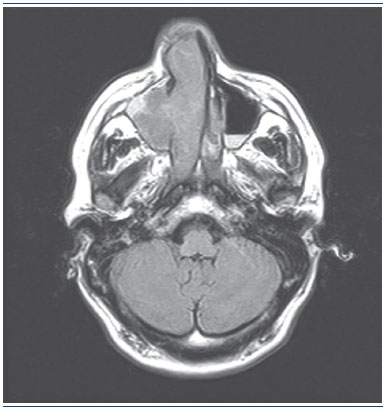Clinical and laboratory repercussions in patient with hemoglobin SD-Punjab disease: a case report
Raí N. Nogueira; Cristina Maria B. T. Leite; Ludmila X. Souza; Ana Angélica L. BarbosaJ. Bras. Patol. Med. Lab. 2017;53(5):309-312DOI: 10.5935/1676-2444.20170049 ABSTRACT We report the first case of hemoglobin SD-Punjab disease, a rare form of sickle-cell disease, in the state of Bahia. Detection was possible by a test for the identification of hemoglobin (Hb) variants […]







